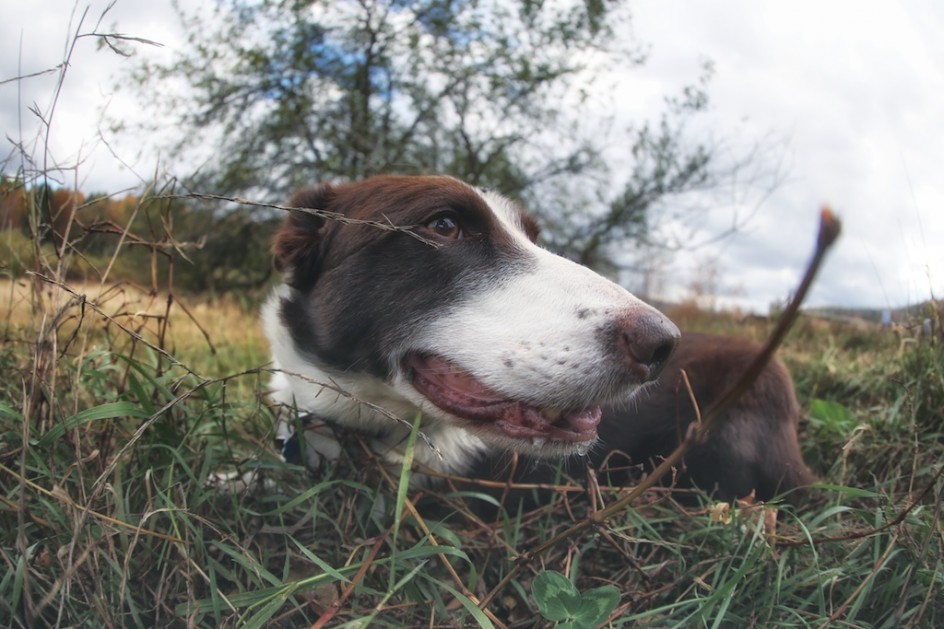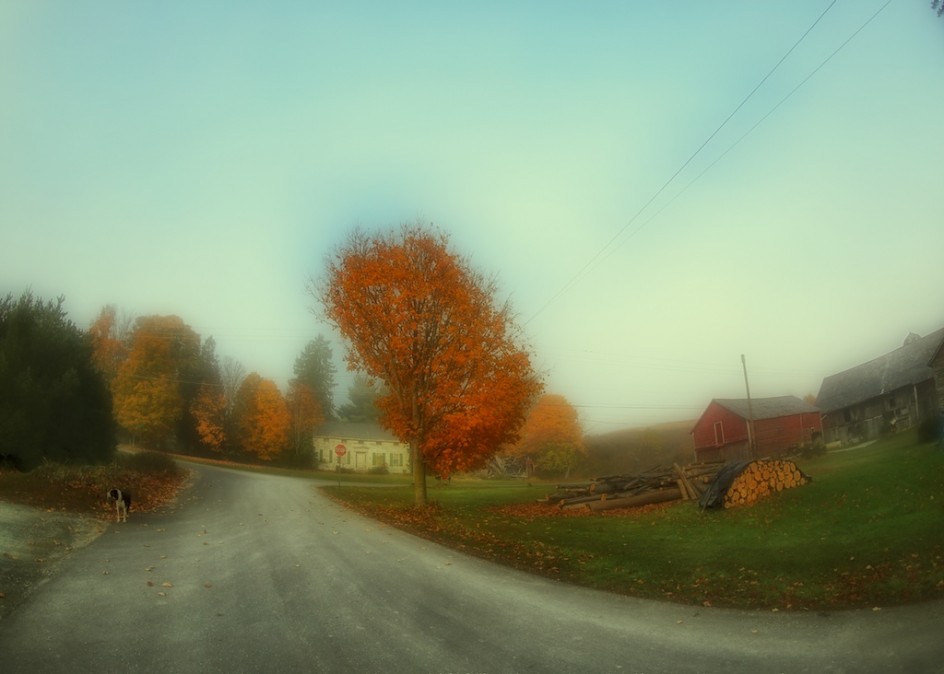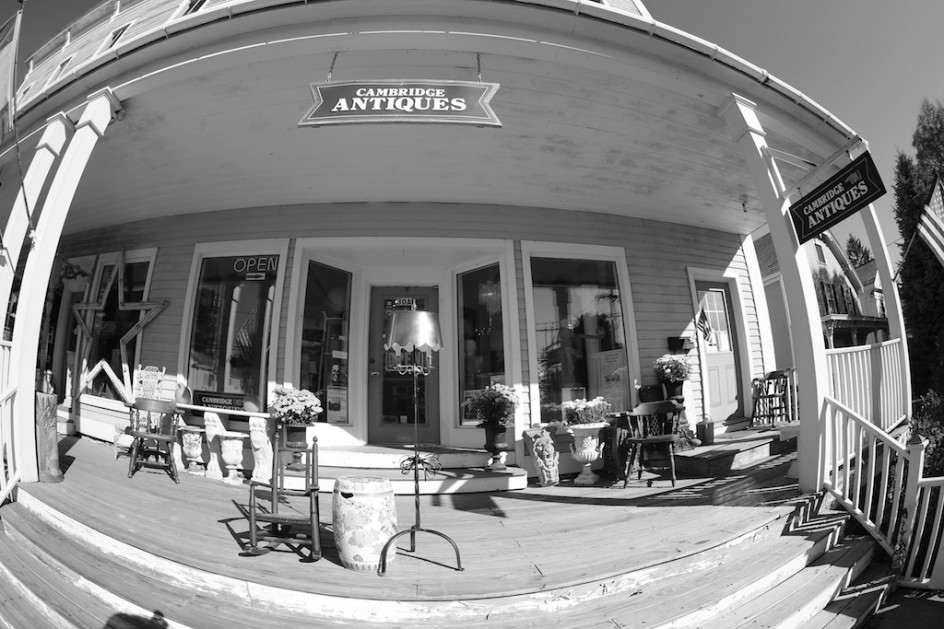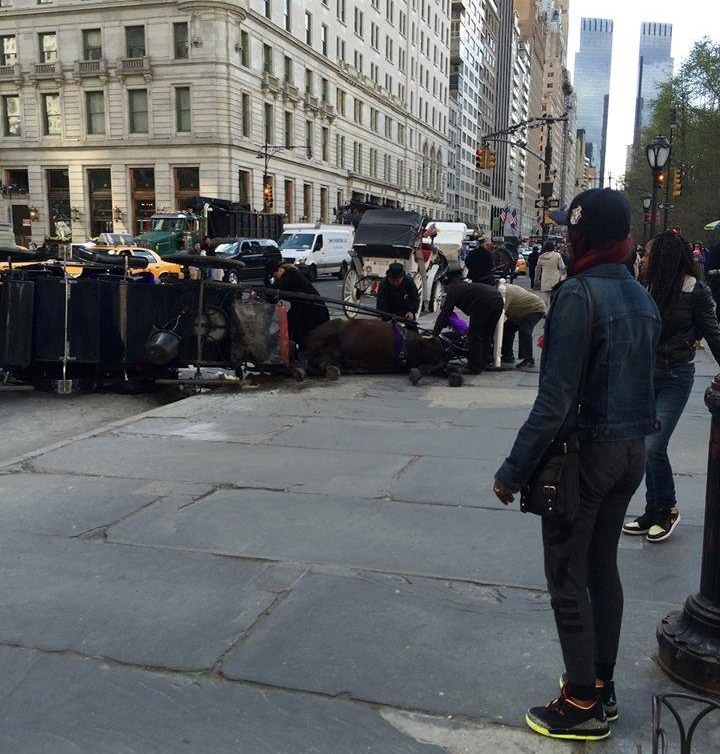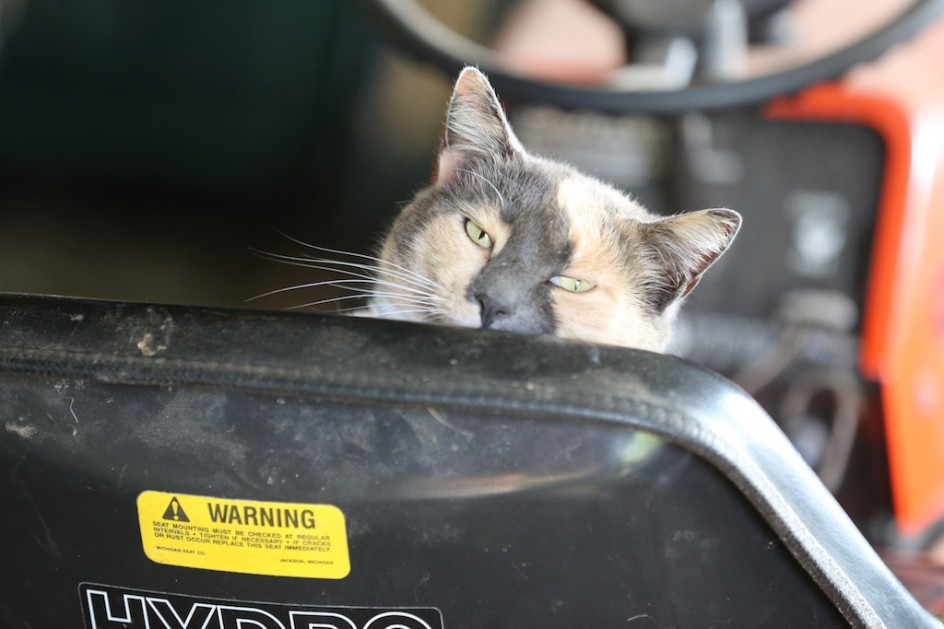Jesus, whose name is so often invoked in our world, but whose beliefs are so routinely forgotten, preached that we must love our enemies and pray for those who persecute us. God, he believed, makes his sun rise on the evil and on the good and sends rain on the just and on the unjust. The horses remind me every day of the very powerful story of Spartacus, whose rise and fall and rise again brought the true meaning of the carriage horse controversy home to me this Spring and changed me. Spartacus is the poster child for the carriage horses, he is their symbol, his fall and rise speak to love and truth and justice.
__
Last April, a 15-year-old carriage horse named Spartacus
fell over near Central Park. Then, a few minutes later, he got up. The story became a painful and emotional landmark in the bitter struggle over the future of animals in New York and the fate of the horses and their owners and drivers.
A number of animal rights groups in New York City – including
PETA, and
NYClass, two of the groups spearheading a carriage horse ban – held a series of press conferences in which they said the incident involving Spartacus was further proof that horses don’t belong in dangerous Manhattan traffic and that the carriage drivers were cruel and abusive.
They said there were witnesses, an attorney and a tourist from Oklahoma, who reported in detail that Spartacus was frightened by a bus, that he tried to run into crowds of people, then toppled over in fear.
That his driver kept him lying and immobile on the ground in order to protect his carriage, because he only cared about money, and didn’t want to pay for a new one. They said the horse came up limping badly, and the drivers gathered around him, inhuman people who care only about money, then forced the horse to return to work.
The mayor, who has refused either to visit the stables or speak to the drivers or carriage owners, was quick to make himself available for a statement: “Look, every time we talk about this issue I say I have seen so many of these accidents. A horse is not supposed to be right next to a bus in the middle of the biggest city in the country.”
__
The fall of Spartacus was most dramatic and intensely publicized carriage horse incident since I began following the story closely in January. It was the perfect nightmare for the mayor and his associates to evoke: a horse frightened by city traffic, rushing into crowds of people in a panic, then abused and made to suffer by dehumanized people.
I was astonished not only at the intensity of the coverage – it was all over TV and the Web – but by it’s irresponsibly one-sided nature. Several carriage horse drivers and many tourists were present when Spartacus fell over, and hardly any of them were quoted for days, if at all. Everyone who paid any attention to the media would have most likely believed the story given out by the animal rights organizations.
The finely honed and very efficient animal rights fund-raising machine – millions of dollars have been spent to drive the horses from the city – know how to use photos of injured and suffering animals, even if they do not care for truth. – The donate buttons on the animal rights sites were many and brightly colored, the money machine spun into high gear. The photo above was all over their websites along with appeals for money to save the horses.
It is still there if you care to go look for yourself.
PETA and NYClass repeatedly cited the testimony of a “visitor” from Oklahoma, a “passerby.” Although no journalist ever saw her or talked her, they were happy to quote other people’s accounts of what she said and saw. According to PETA and NYClass, she texted them – not the police or any news organization – that the incident was one of the worst animal abuse incidents she had ever witnessed. She said a bus came close to the horse and “spooked it (rightfully so I was also scared of how close the busses were to us.)” The horse, said the tourist, bucked and started to run when it’s carriage went off the curb and pinned the animal to the ground.”
“The men (if that’s what we want to call them),” the tourist reported, “proceeded to hold the horse down and save their carriage (yes, carriage, not horse) from further damage. She said the drivers said they were refusing to cut the carriage away because they would have to pay for the damage, and the driver, he said, “clearly had no concern for the horse.” [Note: This “tourist” was apparently not close enough to notice one of the men was a woman, or that the driver speaks little English.]
Finally, said the tourist in a statement widely disseminated by PETA to news organizations for several hours unchallenged on a score of New York media outlets, “the men proceed to strap the horse back into harnesses and continue to work even though he was clearly limping and hurt!!!”
The story became a lodestone to me, a symbol of lazy journalism, it didn’t sound right or feel right. I decided to spend several days checking it out for myself, I was an investigative reporter at one point in my other life. It became, to me, a parable of good and evil, a story of truth and lies, of fairness and decency.
This is what I found, it bears repeating and re-telling. It was not difficult to find the truth, it was right there on the other end of the phone and online.
__
It was ironic, I thought, that a city which lost more than 300 citizens a year to vehicular traffic and had never lost a single person to a carriage horse, would find the horses so dangerous that they needed to be banished, but was not going to ban, restrict, or curtail a single car, bus, motorcyle or truck (many thousands of New Yorkers are injured seriously enough in traffic to require hospital care). Also curious that the mayor, who made banning the horses the most urgent priority of his administration, did not know that draft horses have been working in traffic in cities for thousands of years, it was much of what they were bred to do, why they were brought to America in the first place. And a century ago, the city’s streets were much more dangerous and crowded and unregulated than they are today.
I talked that week to the NYPD and to the MTA, which operates the city’s buses, about Spartacus. Spokespeople for both told me that there were no buses traveling anywhere near the carriage horse stand, it is not near a bus route and there were no reports of any incidents involving a bus and a carriage horse. Drivers are required to report any such incidents immediately, both to the police and the MTA. Both agencies told me that no one else had contacted them to find out if a bus was actually involved.
I talked with four witnesses by telephone and e-mail – three readers of my blog were in New York and were present at the incident – who said there was no bus involved or anywhere near Spartacus. All four drivers I spoke with said there was no bus anywhere Spartacus or his carriage, nor is there a bus stop nearby.
According to the police the witnesses and the carriage drivers – every description was the same – a horse carriage pulled out behind the one Spartacus was pulling, and the wheels of the two carriages caught, tipping the carriage in front and causing Spartacus to fall. The carriages are, in fact, much lighter than the animal rights websites might have us believe, one person pulls them around all the time. Spartacus was not startled by a bus, he had no chance to run, he fell over.
His driver, a veteran and very experienced stable manager named
Tony Salerno and three other drivers rushed to the fallen horse, calmed him, kept him on the ground as is the proper protocol for fallen horses so they will not become entangled in harnesses and further injure themselves in panic. When the harness was clear, they let Spartacus get up. By all accounts, Salerno did an extraordinary, even heroic, job of handling the incident.
Each of the drivers and every witness said Spartacus was on the ground between two or three minutes. No one saw him limping. He was not forced to return to work, but was taken immediately to the Clinton Park Stables, where a police vet was summoned and pronounced him in excellent health, without a scratch. No one heard Salerno, an Italian immigrant who speaks heavily accented English – something any true witness close by would have heard – say anything about protecting the carriage rather than the horse. And as Salerno pointed out later, the carriage is worth much less than a working carriage horse and can easily be repaired.
By all accounts, Salerno responded with concern, calm and professionalism, and his actions saved not only the horse from injury, but the many hundreds of people pressed nearby. As with cars, and with life, accidents are always possible, there have been a handful among the millions of carriage rides in the past decade.
__
The mayor did not retract or explain his curious statement (there is no record of his having been present or a witness at any carriage horse incident in the city.) The animal rights groups refused to identify their “tourist” or permit her to speak to any reporters. She spoke, I thought, much like a PETA volunteer and little like a tourist from Oklahoma. I do not believe she existed in any real form. If she did, they would almost surely have paraded her all over the news and raised a lot of money from her testimony.
The police vet said there were no injuries to Spartacus’s hooves, no cause for him to limp, no limp when he examined him just an hour after the incident. Salerno is well-regarded for his love of his horses, no one who knows him believed for a moment that would value a carriage over one of his animals.
__
I found that the only thing that was true about the animal rights version of the story was that Spartacus fell down, and then got up. This is a familiar occurrence to any horse or donkey owner on the earth, few would consider it major news. I learned from the rise and fall of Spartacus, or better put, his fall and rise, of the dishonesty of this crusade against the horses, it’s cruelty, and it’s greed. I learned that even in the sophisticated great city, modern-day journalists will print almost anything without filter or verification or the most minimal sense of fairness. And that the animal rights groups will do almost anything to manipulate people into offering them money.
Photos of Spartacus lying down, including the one above, are still used on the animal rights websites in New York to touch the hearts of needy and manipulable hearts of animal lovers.
Even now, there are still demonstrations invoking Spartacus and his fall, despite the fact that every element of the original story has been proven beyond any reasonable doubt to be false or distorted.
To me, this is a kind of theft, a fraud. It is wrong.
The people in the carriage trade make their money by good and honest and legal work, they do not take money by manipulating the emotions of well-meaning people.
The story of Spartacus also invoked for me – I was a political reporter once also – the sense of a feckless mayor, one who invoked mercy and compassion and progressivism as intellectual and political ideas, but who did not seem to live out these values or really understand what they mean. It was revealing when one of the carriage drivers approached the mayor with his young son and asked him why he was persecuting the drivers. “Because your work is immoral,” the mayor told the driver and his young son, and walked away. It was not the gesture of a man with a big heart.
It is not progressive to embrace ignorance of animals or cruelty to people, it is not progressive to seek to destroy the freedom and way of life of law-abiding people. The drivers have broken no laws, committed no crimes, been accused of violating none of the thousands of regulations governing the horses – and take their property away without deigning to acknowledge them as human beings or speak to them. These are not the animals that need rescue.
—
Each of us has a vision of what is good, and what is evil. Everyone has to choose to follow good and challenge evil as he or she conceives of them. Martin Luther King said there is some good and some evil in the best of us, and when each of us discovers this, we are less prone to hate our enemies.
Good people can believe the horses ought not be pulling carriages in New York City, and good people can believe they should.
But the lesson of Spartacus is that good people do not lie, and do not take people’s money and exploit their good will falsely, they do not preach hate and practice cruelty. Good people do not use the love of animals to harm innocent people, and good people do not take the humanity and dignity away from those who differ from them, or are different from them. That is the message of Spartacus.
